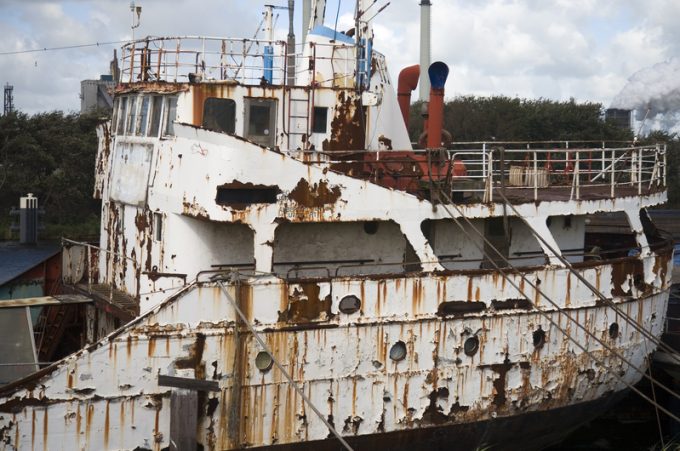The Loadstar explains: How the EC approved the Korean Air-Asiana merger
The European Commission’s decision to approve the merger of Korean Air and Asiana has taken ...

From time to time, it is tempting to fantasise about a world with fewer laws, no institutions, no ‘red tape’. But for the merchant seafarer, this is a daily reality. IMO treaties give guidance on how people and their employers should behave – ...


Comment on this article